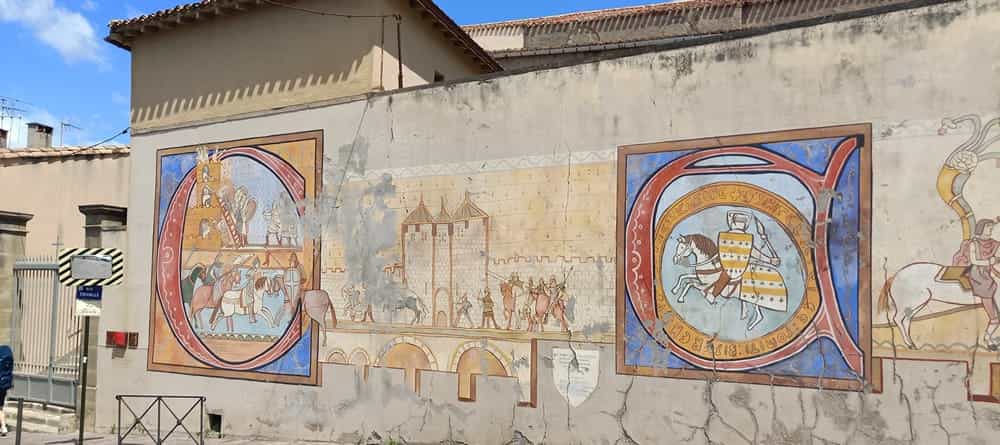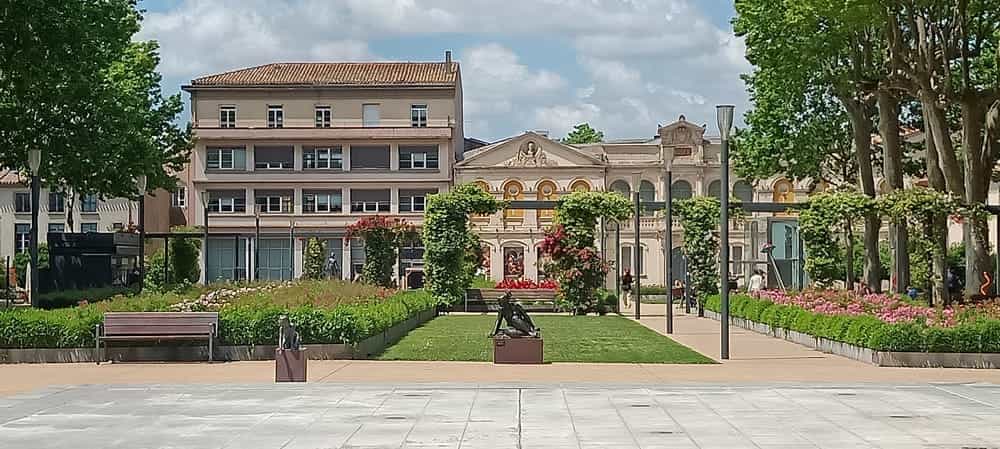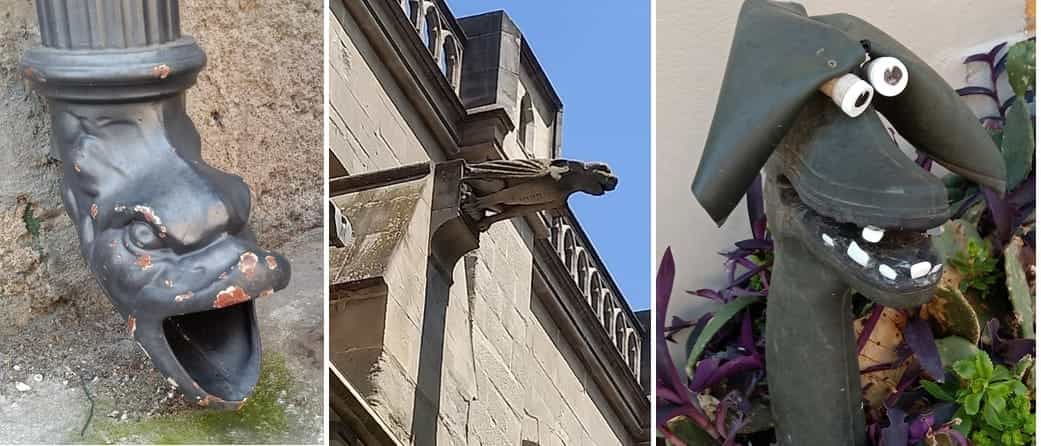SOIXANTE-NEUF FROMAGES FRANÇAIS
Jeannine & Roger's French Cheese Odyssey

La Cité de Carcassonne - 17th May
Today we walked from home, through the not so young City of Carcassonne, uphill to the very old City of Carcassonne. Over 2,600 years ago the Cité de Carcassonne was a Roman city before it became a medieval city. In the last 1000 years the architecture has changed to fortify the city; in the 13th century a 3km long double ring of ramparts were built to protect the Count’s 12th century castle. This created a fortress within a fortress, supported defensively by 52 towers. Also within the walls is the Saint Nazaire Basilica.

We walked inside the ramparts throughout the city’s labyrinth of cobbled streets which contained loads of tourist shops and restaurants.
The prominent theme of the souvenirs is Cathar and Crusaders, as this was the heart of Cathar Country, where the people were opposed to the Crusades in the 13th century and were declared heretics.
We completed a couple of geocaches, toured the city, had lunch, went to church and decided that the City will require another visit, mainly because the best bakery in town was shut today; we couldn’t decide which t-shirt and/or souvenir we wanted to buy and a certain restaurant may need a visit.

On our way home we came upon some frescoes painted on a stone wall that told the chronologic history of the area including the Cathars, the Crusades,and the forcing of Cathars to become Catholic etc.

We also came upon a nice rose garden, interesting statues and what is obviously a theme in the City; Gargoyles.


Our afternoon’s entertainment was a female shoplifter. This event required everybody in the supermarket to stop and look including the cashiers 10 minutes later we had bought 1 packet of soup, plenty of time for me to get all my 1, 2 and 5 cent pieces out for the exact payment.
Cheese Experience No.26 - Language: You can be boring and look up what words mean on packages in the supermarket or be adventurous and just take a chance. For example ‘gout’ on cheese means taste, not some health condition, ‘piquant’ means spicy in French but sharp in English, and frais could be costs, fresh or, if you stick an ‘e’ on the end of it, strawberry.
In NZ we eat salted butter but in France we tend to buy ’douce’ = sweet. However the local supermarket didn’t have our preferred brand so we went for “demi-sel” = semi salt or half salt, what a mistake. France’s idea of half salt can be up to 3% which is more salt than NZs fully salted butter at 1.7%. That 1.3% is a big difference in taste; I read on an English website that the French believe they have mastered the art of cultivating a much higher quality of sea salt: of course they have.
Back to cheese, if you don’t want your cheese to have a high sodium count then don’t come to France.
The 5 cheeses with the lowest salt content are Mozzarella, Ricotta, Mascarpone, Swiss cheese and reduced salt feta, so that’s three Italians, one Swiss and one Greek, no French because they are busy bragging about the performance of their salt.